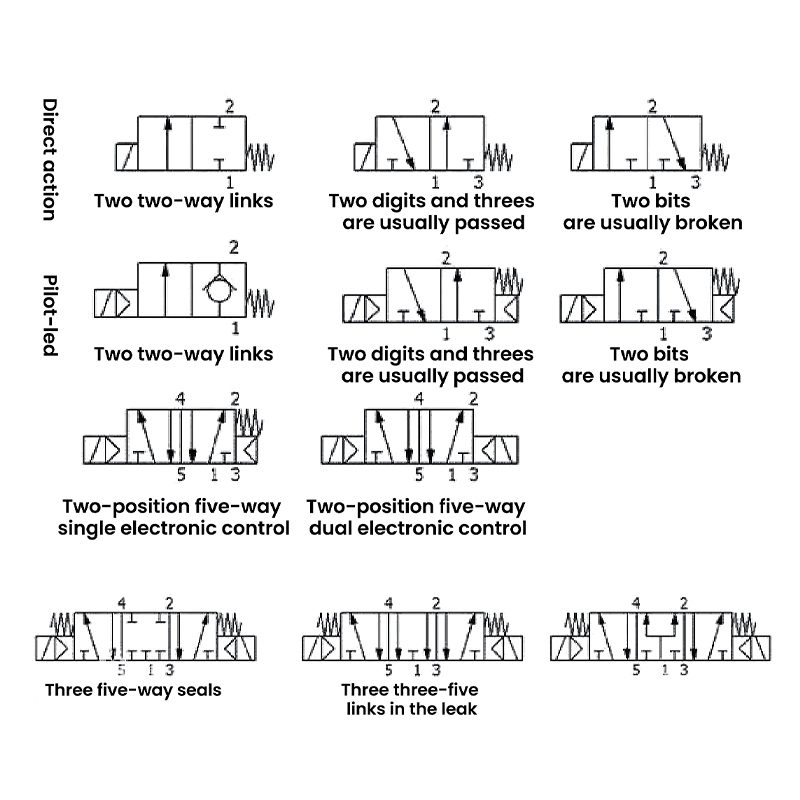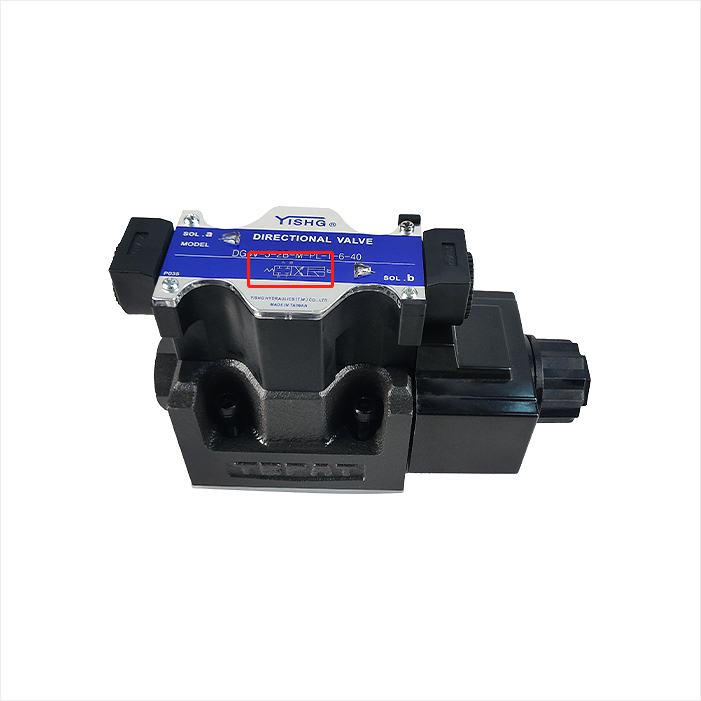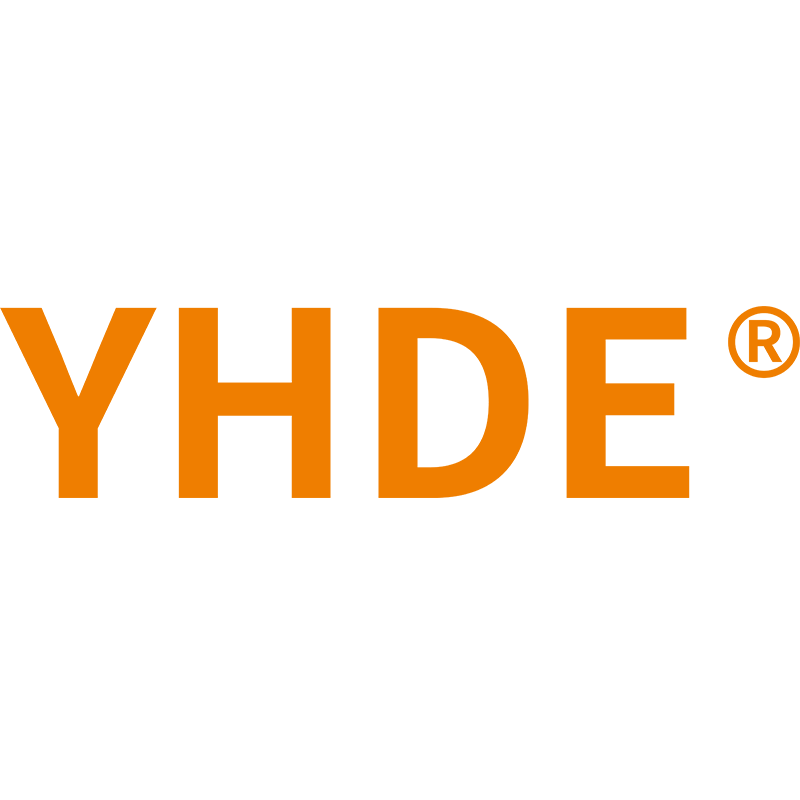How to identify the number and number of hydraulic valves?
The hydraulic valve is an important control element in the hydraulic system. According to the function of the hydraulic valve, it can be divided into flow valves, such as throttle valves, speed regulating valves, diversion and flow valves; pressure valves, such as overflow valves, pressure reducing valves, Sequence valve, unloading valve; directional valve, such as electromagnetic reversing valve, manual reversing valve, one-way valve, hydraulic control one-way valve. Today we will only talk about directional control valves.
The directional control valve is the reversing valve, which prevents and guides the oil flow in and out of the passage in the hydraulic system, that is, plays the role of controlling the flow direction of the oil in the oil circuit. There are two important concepts in the reversing valve, namely position and pass. The position refers to how many working positions the spool of the reversing valve has, and the positions are indicated by squares in the diagram; through, it refers to how many oil inlets and outlets there are, and the oil inlets and outlets are indicated by arrows in the diagram.
How to identify the position and pass in the hydraulic reversing valve
So how to identify the number of hydraulic valves? Two-position (left position, right position) and three-position (left position, right position, middle position) are more common in hydraulic reversing valves. The oil flow direction is different in each working position; Several oil pipes are connected to the valve, the common ones are two-way, three-way, four-way and five-way. Several squares represent several valves, and several oil ports represent several valves, which together are called several valves. Such as two-position two-way valve, three-position four-way valve. In the simplified diagram, we can see how many "squares" are separated by vertical lines in the symbol, and how many are just how many digits. Look at how many vertical lines intersect with the border of the "square" in a certain grid, and how many of them are just a few lines. Among them, the arrow indicates the passage (liquid flow direction), one arrow indicates two-way, that is, oil inlet and outlet, and two arrows are four-way; the intersection of ┴ and ┬ and the box indicates that the passage is blocked by the valve core. If there are two arrows and a ┬ in a box in the picture, it means five connections and one connection is blocked.
Meaning of graphic symbols
1. Digits—indicated by squares "□", and several digits are equal to several squares.
2. The number of intersections between the arrow ↑ head and tail and the cut-off symbol ┴ and a square is the number of intersections. ↑ indicates that the oil ports are connected, and the direction does not indicate the actual flow direction. ┴ Indicates that the oil port is blocked
3. P, A, B, T, O have fixed positions, P—oil inlet port; T, O—oil return port; A, B—working oil port connected with the actuator
4. Spring—W, drawn on both sides of the grid
5. Normal position For three-position valves, there is a grid in the middle; for two-position valves, there is a grid for the spring. (In the schematic diagram, the oil circuit should be connected at the normal position)

The hydraulic symbol schematic diagram is usually marked on the solenoid valve body, and we can identify the reversing valve with several positions and several channels through the schematic diagram above.

